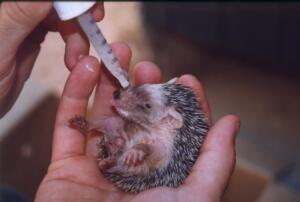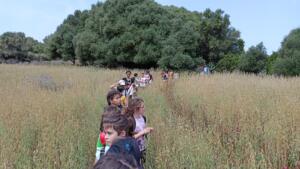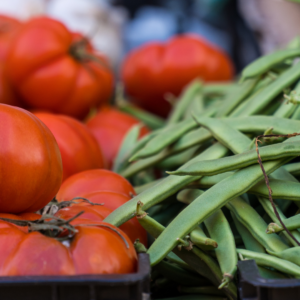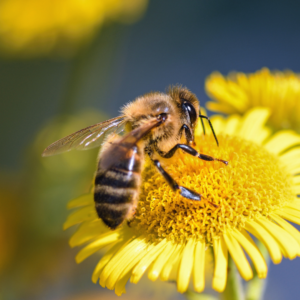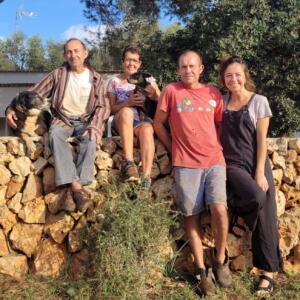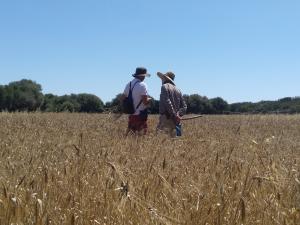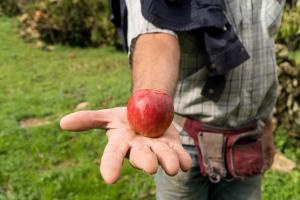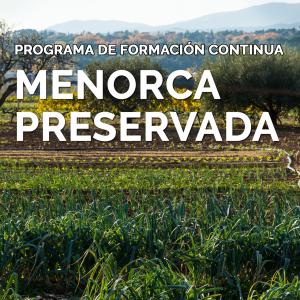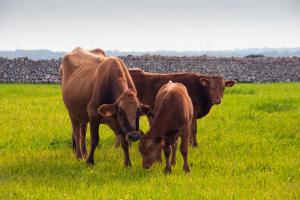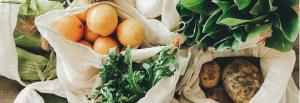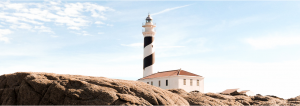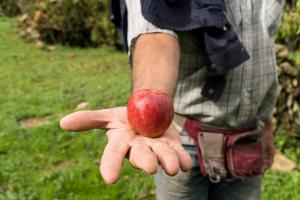
Land
Area of interest
We aim to make agriculture more resilient to climate change and economically viable
According to the ‘’Monitoring indicators of the Island Territorial Plan for active farms‘’ studied by the Socioenvironmental Observatory of Menorca (OBSAM-IME), between 2010 and 2021 a total of 60 active farms and up to 918 hectares of usable agricultural were lost, which represents a reduction of 12.8% in the number of active farms compared to 2010.
At the same time, the number of farms registered in the Balearic Council for Organic Agricultural Production (CBPAE) shows a slight increase: in 2021, the surface area of organic agricultural production exceeded 7,000 hectares (+14%) and organic agriculture represents 15.2% of the total declared agricultural surface area.
Menorca’s primary sector is the guardian of the mosaic landscape that is so characteristic of our island and, for this reason, it is at the forefront of the fight against climate change. Farmers are key to our island, as they ensure our food supply, while at the same time helping to diversify our economy and maintain our cultural traditions.
We at Menorca Preservation, aim to to help the agricultural sector to adapt to new challenges, providing them with tools that help them to make their farms more economically, socially and environmentally resilient.
